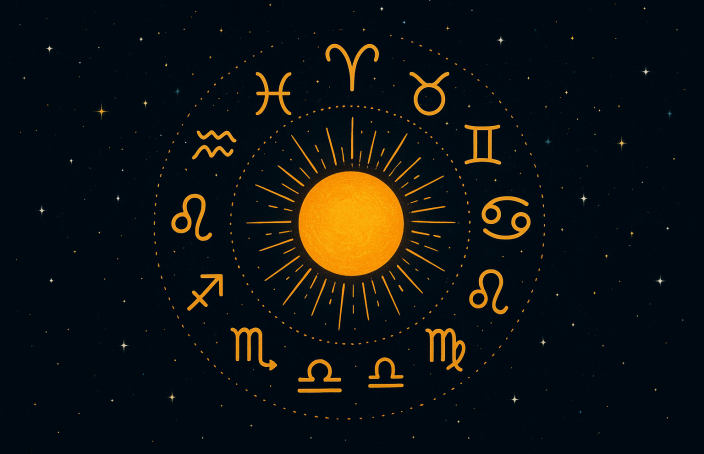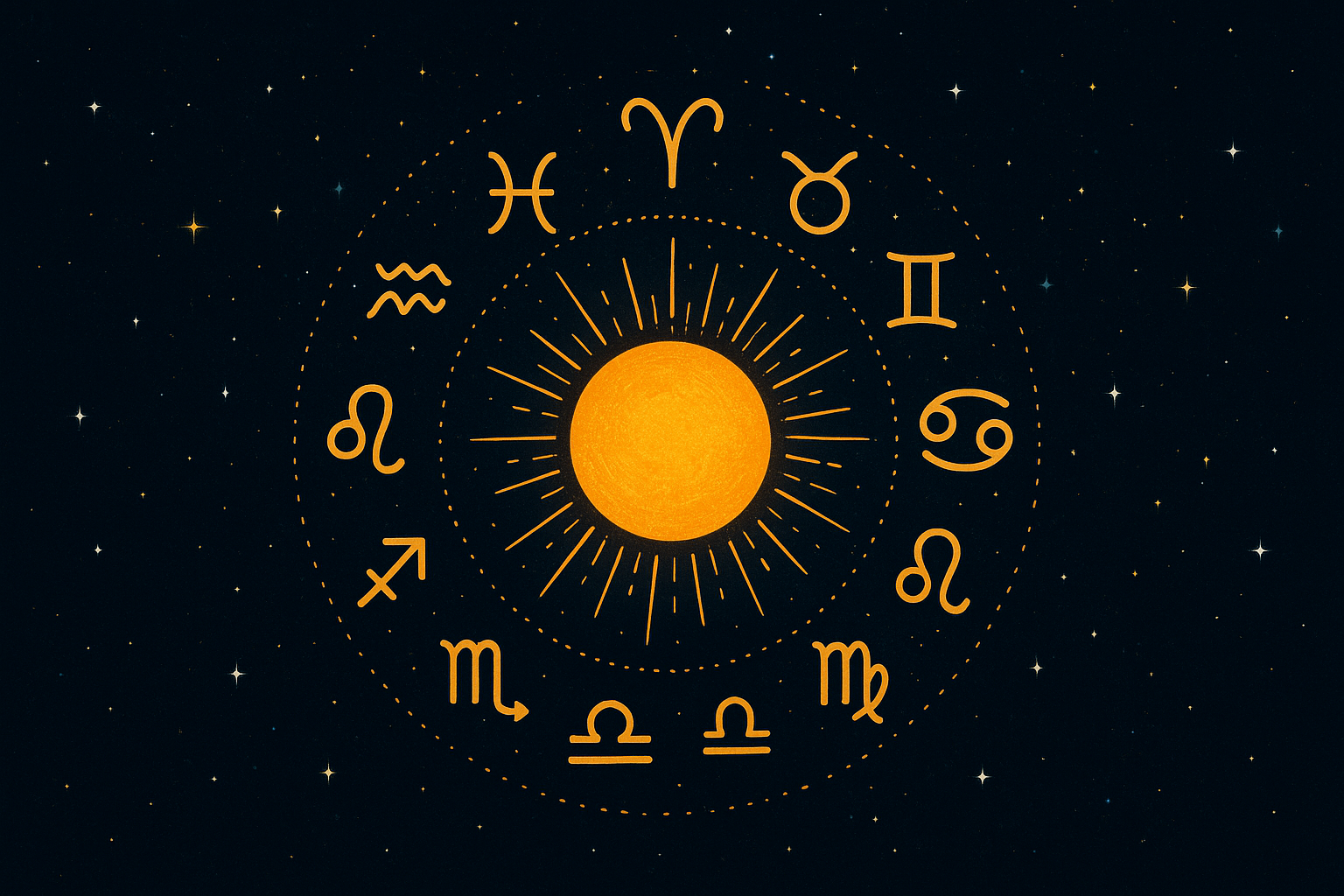Introductory Astrology
🌠 Introductory Astrology – The Ancient Language of the Stars
Introductory astrology starts with the fact that astrology has fascinated humanity for thousands of years, offering insight into personality, destiny, and the hidden patterns that link our lives to the cosmos. Whether you view it as spiritual science or symbolic art, astrology remains one of the world’s most enduring tools for self-understanding and meaning.
🌌Introductory Astrology – What’s All This Zodiac Stuff?
Astrology is the study of how the positions and movements of celestial bodies — the Sun, Moon, and planets — reflect patterns in human life. More than fortune-telling, astrology is a symbolic language that connects the universe’s rhythm with human experience.
The core idea is simple yet profound: as above, so below — the movements of the heavens mirror the inner workings of the human spirit.
🏺 The Ancient Origins of Astrology
The history of astrology stretches back to ancient times with references found in Mesopotamia around 2000 BCE and The Gemara (the body of rabbinic texts within the Talmud that provides commentary, analysis, and debate on the Mishnah between 200 and 500 CE). Early astrologers charted the skies, discovering that planetary cycles often coincided with natural and social events on Earth.
The Greeks later refined astrology into a philosophical system. Thinkers like Ptolemy shaped Western astrology with his famous text Tetrabiblos, defining much of what we still practice today.
I’m betting most people will be surprised that this piece on introductory astrology includes history going back four millennia!
Even during the Renaissance, scientists like Galileo and Kepler studied astrology alongside astronomy, seeing both as ways to understand divine order in the cosmos.
♈Introductory Astrology – Meet The Zodiac: A Cosmic Map of Personality
At the heart of any article on introductory astrology lies the zodiac, a circle divided into twelve signs representing universal archetypes of energy, character, and life purpose.
Each sign reflects a different expression of human nature:
| Zodiac Sign | Dates | Core Traits |
| Aries | Mar 21–Apr 19 | Bold, pioneering, energetic |
| Taurus | Apr 20–May 20 | Loyal, steady, sensual |
| Gemini | May 21–Jun 20 | Curious, communicative, quick-minded |
| Cancer | Jun 21–Jul 22 | Nurturing, emotional, protective |
| Leo | Jul 23–Aug 22 | Confident, expressive, creative |
| Virgo | Aug 23–Sep 22 | Analytical, practical, detail-focused |
| Libra | Sep 23–Oct 22 | Diplomatic, balanced, artistic |
| Scorpio | Oct 23–Nov 21 | Intense, powerful, transformative |
| Sagittarius | Nov 22–Dec 21 | Adventurous, philosophical, free-spirited |
| Capricorn | Dec 22–Jan 19 | Ambitious, disciplined, responsible |
| Aquarius | Jan 20–Feb 18 | Innovative, visionary, independent |
| Pisces | Feb 19–Mar 20 | Compassionate, mystical, imaginative |
Each zodiac sign belongs to one of four elements — Fire, Earth, Air, or Water — symbolizing a unique energetic quality. Together, they form a complete circle of human experience.
🪐 Your Birth Chart: Introductory Astrology and Your Personal Blueprint
Your birth chart (or natal chart) is a snapshot of the sky at your exact time and place of birth. It’s a map of planetary positions that reveals your strengths, challenges, and life purpose. In introductory astrology everything starts with date and time of your birth.
Key chart components include:
- Sun Sign → Your core identity and vitality.
- Moon Sign → Emotional world and inner needs.
- Rising Sign (Ascendant) → Your outer personality and life approach.
- Planetary Aspects → How different parts of your psyche interact.
A skilled astrologer interprets these layers to offer deep insight into personality, relationships, and timing — helping you understand yourself and the cycles of your life.
🌍 Different Types of Astrology Around the World
Even introductory astrology isn’t one-size-fits-all. Cultures around the globe developed their own systems to explore cosmic meaning.
Western Astrology
Based on the tropical zodiac, this system focuses on psychological insight, personal development, and planetary transits.
Vedic (Indian) Astrology
Also known as Jyotish, this form uses a sidereal zodiac aligned with actual constellations. It emphasizes karma, destiny, and spiritual evolution through planetary periods (dashas).
Chinese Astrology
Rooted in a 12-year animal cycle and the five elements (Wood, Fire, Earth, Metal, Water), it highlights personality traits, compatibility, and time cycles.
Despite their differences, all astrological systems share one timeless truth — that cosmic patterns reflect human experience.
🧠 Astrology and Psychology: The Inner Cosmos
In the 20th century, Carl Jung reimagined astrology through the lens of depth psychology. He saw astrology as a symbolic system reflecting universal archetypes — timeless patterns of the human psyche.
Modern psychological astrology uses planetary symbols to explore self-awareness rather than prediction.
For example:
- Mars may represent your drive or assertiveness.
- Saturn may highlight your challenges and life lessons.
This approach turns introductory astrology into a mirror for personal growth, healing, and self-discovery.
🔬 Astrology and Science: Between Symbol and Skepticism
From a scientific standpoint, astrology has not been proven to influence events or personality in measurable ways. Skeptics point to the lack of causal mechanisms between planets and human life.
However, astrology’s defenders argue that it’s not meant to be a physical science — it’s a symbolic language. Like art or myth, astrology offers meaning through metaphor and synchronicity rather than measurement.
In this sense, astrology and science serve different human needs: one explains how the universe works, the other explores why it feels meaningful.
📱 Astrology in the Digital Age
Thanks to introductory astrology articles this one, the topic has made a massive comeback online. Apps like Co–Star, The Pattern, and TimePassages deliver personalized daily insights based on real astrological data.
On social media, zodiac memes, compatibility posts, and “Mercury retrograde” jokes dominate the conversation. This digital renaissance shows that younger generations are seeking spiritual tools that blend ancient wisdom with modern technology.
Even brands and marketers have noticed — using astrology themes to connect with audiences on a personal, emotional level.
✨ The Deeper Message of Introductory Astrology: As Above, So Below
The phrase “As above, so below” captures the essence of astrology: the patterns of the heavens reflect the patterns within us. Whether or not planets “influence” our lives, astrology reminds us of our place in a vast, interconnected universe.
It invites us to view life not as random, but as part of a greater, meaningful design.
🌟 Why Introductory Astrology is Important
Despite the skeptics, astrology has survived for millennia because it speaks to something timeless within us — our need for connection, meaning, and cosmic belonging. If more people understood astrology better and put it to use in their own lives, how much better would the quality of life be for everyone?
It may not be science in the strictest sense, but astrology remains one of humanity’s most poetic ways of understanding life’s mysteries. It offers guidance without dogma and invites reflection without judgment.
Ultimately, astrology endures because it helps us see that the story of the stars is also the story of ourselves.
If you want to take introductory astrology to the next level, ESP Lab founder Al G.Manning created an astrology course that everybody can follow in an easy and fun format. Check out Practical Astrology.
As above, so below — the language of the universe lives within us all.


